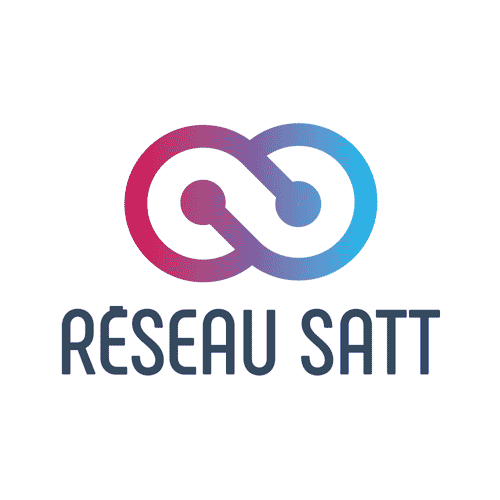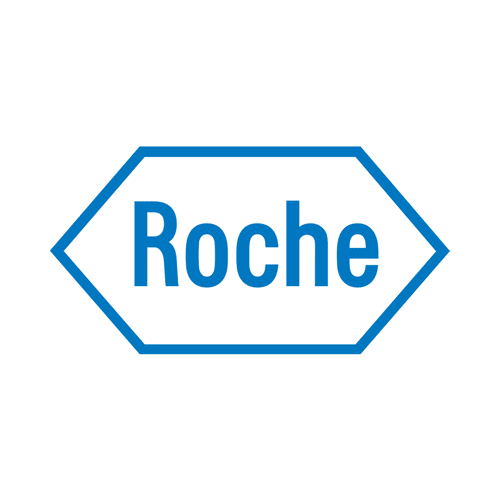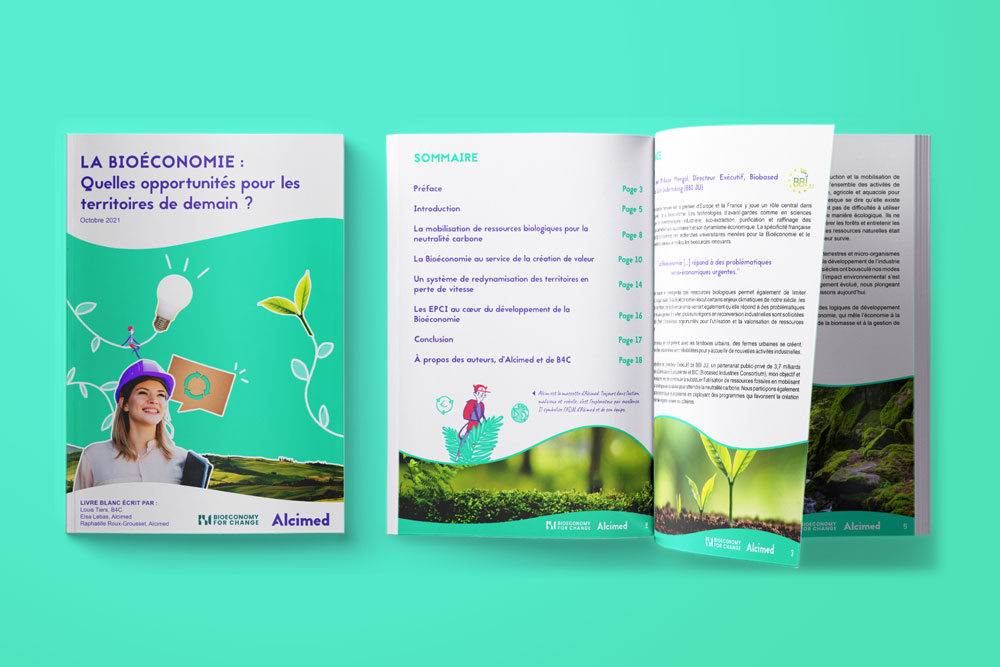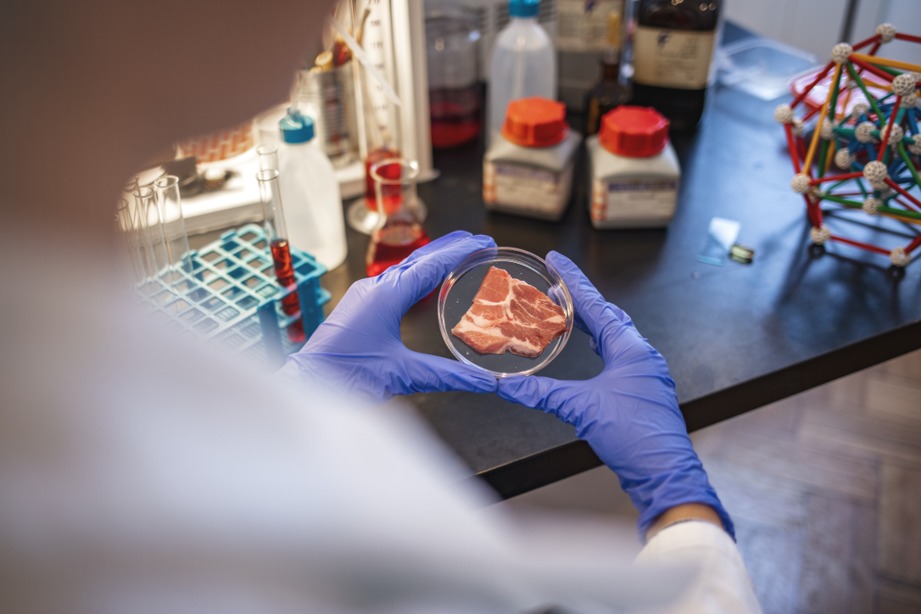
Climate resilience

Improve your resilience to climate change by adapting your activities to environmental challenges
Our specialized team works daily on projects at the core of climate resilience and supports companies in adapting to climate change by forecasting the impacts of environmental changes on markets, increasing the sustainability and resilience of their activities, and adapting to transition challenges (offers, positioning, business model, technologies, etc.).
They trust us

















The challenges related to climate resilience
The climate crisis is provoking the emergence of new challenges for industries and governments, pushing them to rethink their operating systems and business models, and to develop specific roadmaps to cope with current and future climate hazards and their impacts.
As this crisis and its multiple consequences are expected to intensify in the coming years, it is becoming essential for any organization aiming to ensure its sustainability and take action for the environment to properly understand the multiple challenges that arise from it:
Many resources, such as water, are directly impacted by climate change, becoming less available and unequally distributed on a global scale. The overuse of fossil energy resources and the increasing demand for rare metals (especially in the development of renewable energies) are also examples of resources that have become strategic. Local communities and industries must optimize their use of these resources by finding solutions that are tailored to their needs and consistent with their activities and locations. Some notable actions include:
- Developing more energy-efficient and resource-efficient factories that also minimize water usage
- Adopting a circular economy approach to limit resource consumption, waste generation, and promote recycling and reuse
- Implementing new eco-designed services and products that are more responsible and sustainable
What is the impact of my activity on global resources? How can I consume less and better optimize my use of natural resources?
New threats are emerging with climate change, including:
- Health risks for the general population and workers, such as heat waves and the resurgence of certain vector-borne diseases carried by insects
- The risk to contaminate resources and natural environments
- Industrial vulnerability during heat waves, such as difficulties in cooling nuclear power plants, combustion of chemicals resulting in toxic fumes, etc.
- Risks linked to material performance, such as deformation of rails due to heat, thermal degradation of plastics, etc.
Today, it is crucial to be able to anticipate these dangers in order to avoid them, or at least to be prepared for them.
What are the climate threats related to my activity? What actions can be implemented to mitigate these threats?
While climate resilience encompasses the notion of adapting to climate disruptions, it also includes the crucial aspect of mitigating its effects by addressing the root causes of climate change, namely by controlling net greenhouse gas emissions.
To this end, actors from all sectors must reduce their environmental impact to progress towards carbon neutrality. This involves measuring their CO2 emissions, defining a climate strategy, and actively managing the reduction of their emissions.
What low-carbon strategy can I implement to reduce my emissions? Which carbon capture and storage technologies should I consider?
The preservation and regeneration of biodiversity and natural resources is also a key challenge in mitigating the effects of climate change. Local communities and industries must assess the impact of their activities on biodiversity to protect ecosystems and their resources. Various practices can be adopted to move in this direction, such as using renewable energy sources, reducing waste and emissions, minimizing the use of harmful chemicals, and supporting conservation initiatives such as habitat restoration projects or programs to protect endangered species, among others.
What is the impact of my activity on biodiversity? What measures can I implement to have a positive impact on biodiversity?
The effects of climate change and associated risks bring market opportunities related to new needs that can be addressed with innovative solutions or new services. Being able to identify these opportunities is essential for refocusing or diversifying one’s offerings through new strategic positioning and business models that better address these emerging needs.
Whether it is the development of technologies and services to decarbonize our production systems, optimize resource utilization, enhance resilience to climate-related hazards, or restore biodiversity, there are numerous solutions yet to be developed to take action for the environment and adapt to it.
What are the market opportunities related to my industry? What solutions and services should be developed to meet the new needs?
In the context of the ecological transition of all organizations and of all public and private systems, ecosystems and value chains are being reinvented. It is therefore important to identify the new stakeholders (partners, suppliers, distributors, customers, etc.) in order to reassess value propositions and adapt business models to the new business challenges associated with these changes.
How is the ecosystem related to my activity impacted by the ecological transition? How can I adapt my value proposition and business model to address the new challenges?
How we support you in your projects related to climate resilience
Alcimed supports its clients in various energy and environmental challenges, particularly those related to climate resilience and adaptation to environmental changes. We regularly undertake missions with diverse stakeholders in these areas, including energy and environmental industry players (Suez, Veolia, EDF, Orano, RTE, etc.), cosmetics companies (L’Oréal, Chanel, etc.), aerospace and defense industry players (Safran, Airbus, Thales, Dassault Aviation, etc.), healthcare companies (Sanofi, Moderna, Pfizer, etc.), as well as national and European research institutions and centers (such as Carnot institutes or SATTs).
The diversity of our clients, the geographical areas we explore, and the types of projects we undertake provide us with a global and in-depth understanding of climate-related issues and challenges. Our projects cover a wide range of topics, including the development of climate roadmaps, energy transition strategies, market opportunity assessments, studies of the most resilient solutions and strategies to climate hazards, launching innovations, identifying academic or industrial partners, and much more!
Examples of recent projects carried out for our clients in climate resilience
Creation of an innovation roadmap for adaptation and climate resilience for an environmental player
The strategy and innovation department of one of our clients wanted to develop its innovation roadmap on the theme of climate change adaptation and climate resilience for the period between 2024 and 2027.
Our teams supported them in this project by investigating four target markets to determine the extent to which these topics should be considered in their roadmap, taking into account potential applications, market opportunities, new business models that could be developed, necessary developments and investments, and the role our client could play in these markets.
Following the strategic and prospective analysis of these four markets, a robust and credible climate adaptation and resilience roadmap was developed.
Benchmark on the sustainability and resilience of the industrial system for a player in the aeronautics industry
One of our clients in the aerospace sector aimed to increase the sustainability and resilience of its industrial system by considering all environmental dimensions of its activities (scope 1, 2, and 3) beyond their carbon impact. We assisted them in the development of environmentally sustainable factories that are more energy-efficient, water-efficient, and resource-efficient, without compromising on economic efficiency.
To achieve this, our team identified the most advanced players in these areas to understand how they approach these challenges, how they prioritize improvement areas, what strategies they explore (such as low tech solutions, water management, etc.), and how they have organized themselves internally to effectively address this strategic issue.
We complemented this benchmarking exercise by identifying key academic actors in this field and proposed an action plan to our client based on the insights gained from this study.
Opportunity study to protect a mobility player from climate-related hazards
A mobility actor initiated a project aimed at developing a new solution to better mitigate climate-related risks and improve the collection and utilization of rainwater.
Our teams challenged and strengthened the initial assumptions made by our client’s teams. We then identified and characterized existing solutions, while also evaluating the interest of potential target audiences.
Our report allowed us to select the most promising market segments, which we further characterized by examining current practices, needs, weaknesses, and conducting tests to assess the value proposition of our client and the willingness of industry stakeholders to invest.
Study for a pharmaceutical laboratory on the environmental impacts of clinical studies and best methods for their optimization
We worked on rethinking the clinical trials of a healthcare actor in order to limit their environmental impacts.
To achieve this, our teams first estimated the six main environmental effects of clinical trials after identifying and modeling the standard stages of such trials, including drug and personnel transportation, accommodation, waste management, devices, and data. Next, we modeled traditional scenarios to quantitatively evaluate their respective environmental footprints and identify the key contributors. To do so, we developed an interactive tool that calculates these impacts based on various environmental endpoints such as carbon footprint, water impact, biodiversity, and more.
Finally, based on this analysis, our teams were able to recommend the best ways for the client to optimize the transformation of clinical trials from an environmental perspective. We also provided a communication plan to facilitate the internal and external dissemination of these changes.
Prospective study on the evolution of automotive waste by 2035
In the context of the transition to electric mobility, we supported an environmental actor specializing in the collection of automotive waste to help them anticipate the impact of this transition on their business.
A comprehensive prospective analysis of the automotive market, the objectives of manufacturers, suppliers, garages, collection sites, and recycling facilities, as well as the current regulations, allowed us to estimate the evolution of the typology and volumes of waste that our client will have to manage by 2035. We also analyzed the value chains associated with battery production, identified potential recyclable products, and assessed the role of various stakeholders (such as gigafactories and new production units established by manufacturers).
This analysis enabled us to help our client adjust their positioning in this emerging market.
Anticipation of the challenges and regulations associated with the circular economy in the aeronautics sector
We worked with a player in the aeronautics sector that wanted to improve its organisation and prepare for the challenges of the circular economy.
Our team began by mapping out all the existing regulations and directives at French and European level. We then carried out a benchmark study of companies in industries that are more advanced in this area (automotive, naval, etc.) to explore the initiatives taken by other players.
This study enabled our customer to gain a better understanding of the issues at stake, and above all the key success factors to be taken into account in terms of research, internal organisation and interaction with its ecosystem (suppliers, partnerships, etc.), with a view to anticipating future developments.
Study of innovative carbon-neutral city initiatives for a car manufacturer
In the context of the objectives of carbon neutrality by 2050, our team assisted a car manufacturer’s R&D team to analyse the strategies adopted by European cities to achieve carbon neutrality.
This involved an in-depth study of the main trends observed in the hundred or so cities selected by the EU as part of the ‘Smart and Carbon Neutral Cities’ Mission. We explored the various initiatives, whether technological, methodological, partnership-based or regulatory, that have already been put in place or are in the pipeline on the theme of climate and digitalisation.
As a result, our client was able to gain an overall understanding of the emerging trends around smart cities and the most innovative initiatives being implemented by European cities to achieve their carbon neutrality objectives, and thus adapt its research and development strategy on the continent.
You have a project?
To go further
Public policy
Pôle B4C & Alcimed Position Paper – Bioeconomy: what opportunities for local authorities?
The territorial bioeconomy: what are the key success factors for local authorities? Download our position paper by Alcimed & Pôle B4C.
Cross-sector
4 levers to improve sustainability in hospitals and reduce carbon footprint
Lever n°1: implement a responsible purchasing approach for more sustainability in the hospital environment The first and perhaps most important lever for hospitals and other health facilities is ...
Agrifood
Cellular agriculture: a climate solution?
The environmental aspect is regularly put forward as one of the major benefits of cellular agriculture. But some voices are raised to shade this climatic benefit. Between breeding and synthetic meat, ...
Founded in 1993, Alcimed is an innovation and new business consulting firm, specializing in innovation driven sectors: life sciences (healthcare, biotech, agrifood), energy, environment, mobility, chemicals, materials, cosmetics, aeronautics, space and defence.
Our purpose? Helping both private and public decision-makers explore and develop their uncharted territories: new technologies, new offers, new geographies, possible futures, and new ways to innovate.
Located across eight offices around the world (France, Europe, Singapore and the United States), our team is made up of 220 highly-qualified, multicultural and passionate explorers, with a blended science/technology and business culture.
As defined in the 6th IPCC report, the concept of climate resilience involves implementing measures to strengthen the capacity of individuals and systems for mitigating vulnerability to climate risks and hazards such as floods and droughts, as well as to adapt to such risks.
All social, economic, and industrial systems are impacted by the climate crisis and therefore need to take action to maintain their proper functioning, anticipate and minimize the impacts on their activities, seize opportunities that arise, and act for the environment in order to avoid worsening the situation or amplifying the resulting dangers.
Although these two concepts are linked, climate resilience goes beyond climate adaptation.
- Climate adaptation focuses on reducing the vulnerability of natural and human systems to the effects of global warming.
- Resilience, on the other hand, incorporates the ability to anticipate, adapt and transform by improving basic functioning in response to climate shocks.


